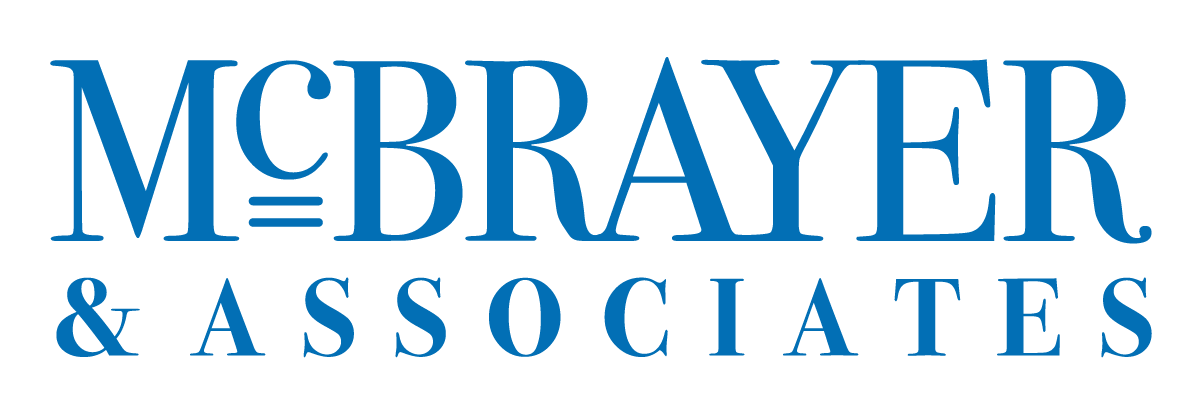3 Sales Training Tips: Don’t Offer Your Solution Too Soon

Are you selling in the most effective and efficient way possible?
In order to truly move prospects to close, you need to learn how to move emotion, sell with the flow, when you should offer your solution, and when you should raise objections. Here are three sales training tips to help you get prospects on board with your solution.
1. Sell with the Flow
In matters of principle stand like a rock, but in matters of persuasion sell with the flow. Study after study reaffirms that a customer’s emotion trumps their logic in the decision-making process. One of the most persuasive emotions is that of congruency, or being consistent with one’s values, rhetoric, and actions.
Some may say that we are mentally lazy, others that we are just being consistent to a personal declaration or value. Regardless of the reason, the fact is that it is human nature to retain our personal credibility by remaining consistent to word and deed. Facts and logic just don’t have the same power over us that emotions do.
Moving Emotion
When we attempt to sell against another’s belief, even when the belief is not accurate, we are selling against the flow. To be persuasive, you must move the prospect’s emotion! This is the primary reason it is so important to understand others before we attempt to be understood. The key is to understand from the prospect’s perspective. When we genuinely see things from the other’s perspective, we are better suited to speak to their paradigm.
So, if you are trying to persuade people to trust and believe you, then you would be better off speaking to the beliefs they already hold rather than trying to sway them with facts and figures. And the key is to know what and who they believe in: seek understanding first.
Customer’s will stand like a rock when it comes to their principles. In order to persuade, you must sell with, not against, these principles. This is the principle of congruency.
As the saying goes: “A man convinced against his will, is of the same opinion still.”
2. Don’t Offer Your Solution Too Soon
People have a deep psychological need to feel understood; it is one of the most pressing problems of our day.
In order to persuade others, it is critical that you first are willing to be persuaded. When a customer is telling you about their problems, needs or challenges, you must resist the temptation to immediately “solve the problem.” In fact, solving the problem is the worse thing you can do, and you need to understand why.
Salespeople and customers are wired differently. In order to be persuasive, you must change your wiring to “get dialed-in” to the customer’s channel of communication. The customer must first feel understood, by you, before he can be persuaded by you. Trust comes before preference: customers that feel understood extend trust to the one doing the understanding.
The way to get “dialed-in” to the customer is to seek understanding first. After all, your intent is more important than your technique. Rather than pondering what you are going to say next, put yourself in your customer’s shoes and try to really understand what s/he is feeling.
3. Raise Objections First
The best time to dig your well is before you need the water. The best time to handle highly-anticipated objections is before they are verbalized. As we discussed in tip number one, we know that customers will be consistent with their beliefs, values, and commitments. Once they take a stand on why they cannot or should not buy from you there will be pressure to bring that belief into action.
If you anticipate a high probability that a specific objection will be raised, you should raise the objection before the customer does. When you, unsolicited, confess a potential weakness, the prospect will think of you as having a high level of integrity. When you are the one that tables the weakness, you are better positioned to recast it as a potential strength.
It may sound something like this: “If I were you, I would be thinking ‘While that sounds great, what if I don’t like the way it turns out?’” By raising the objections, you don’t force the customer to take an emotional stand against you. It also validates his or her concern, which makes them feel better about you.
When you recast the potential strength of the objection, you need to prove it. The best technique for proof is third-party validation. If others have experienced success with you, it takes risk away from the prospect. The more similar the prospect is to the client whose problem was solved, the more likely they are to proceed.
Conclusion
By using these sales training tips, you’ll be sure to make your prospects comfortable and establish a sense of trust.
Remember, the most important thing in the sales process is transparency. The more honest and open you are about the process and your product or service, the more willing the prospect will be to open up about their underlying pain points.
